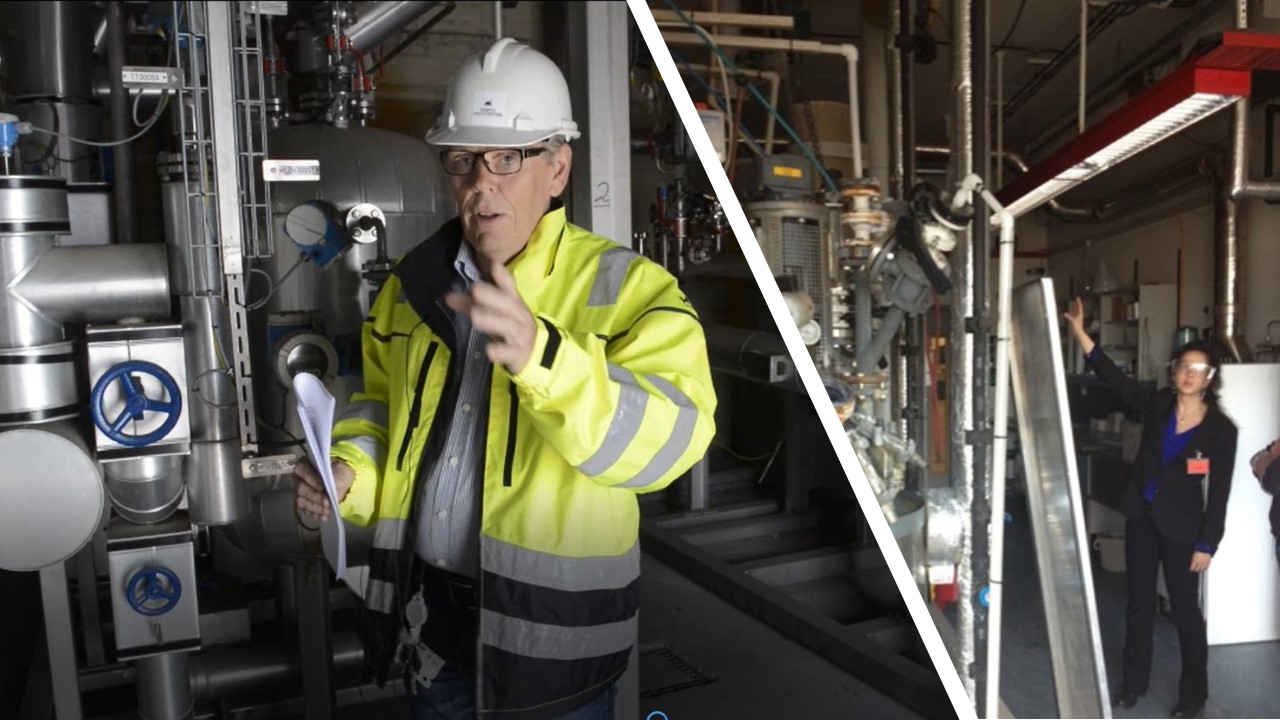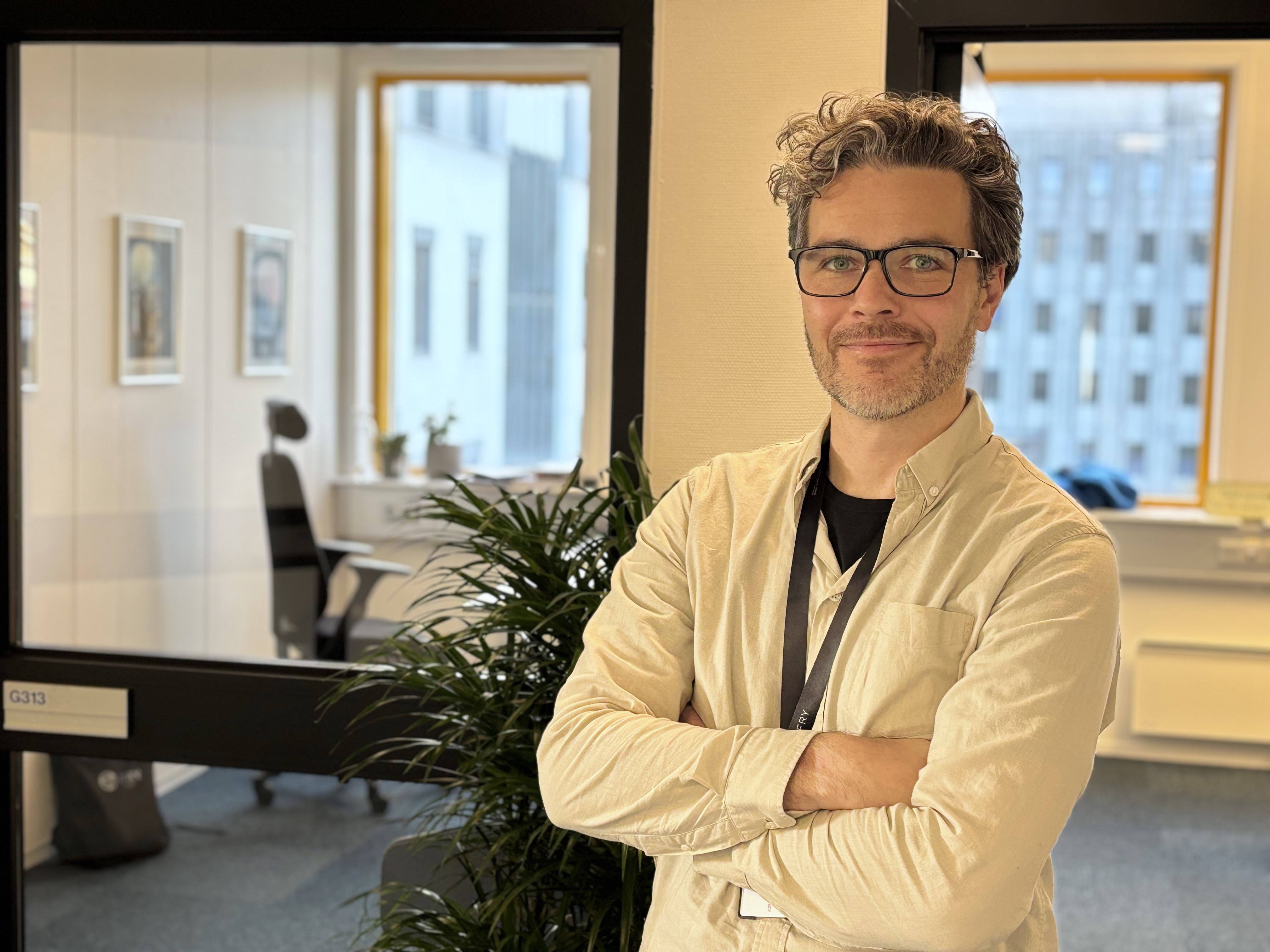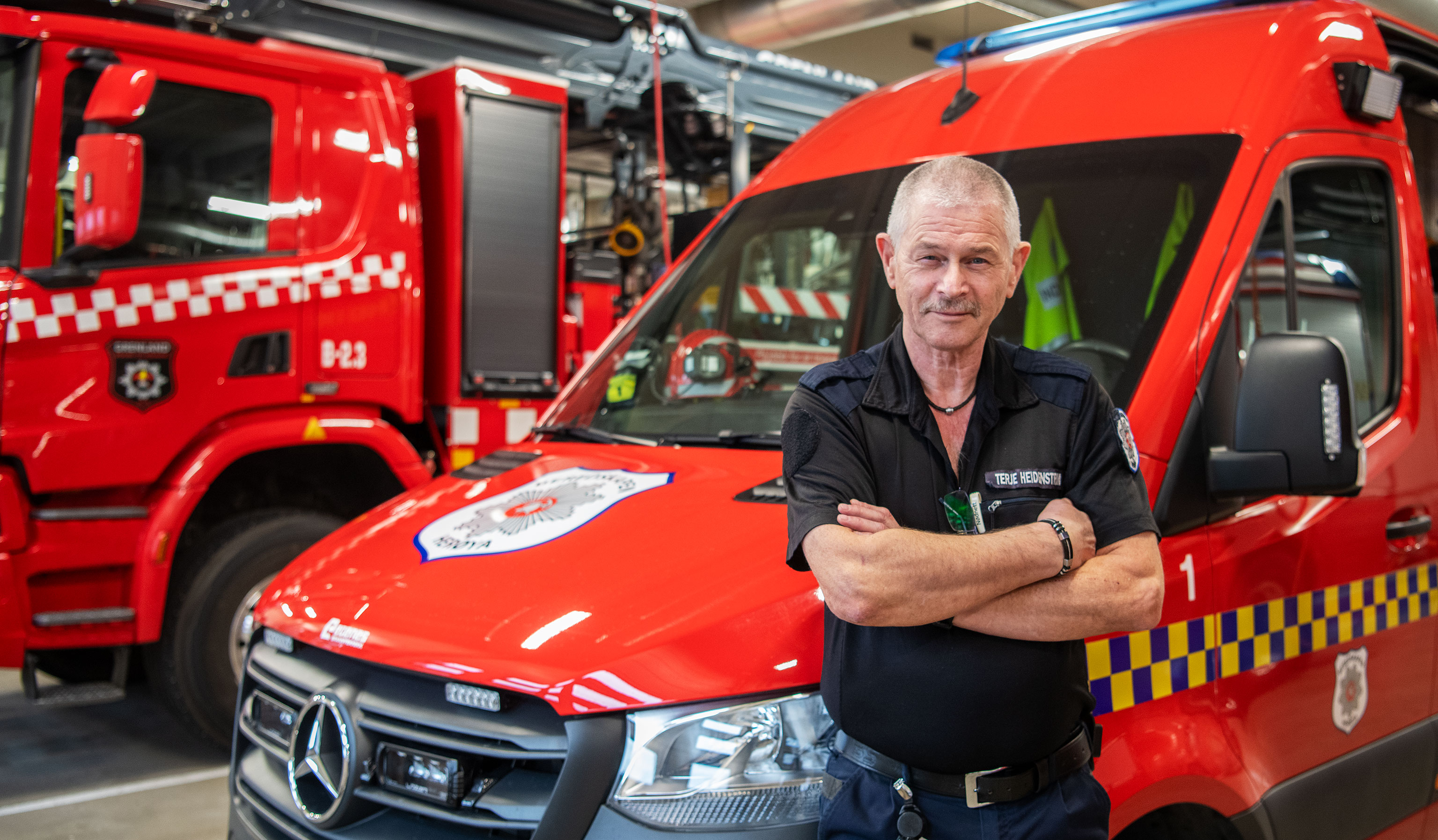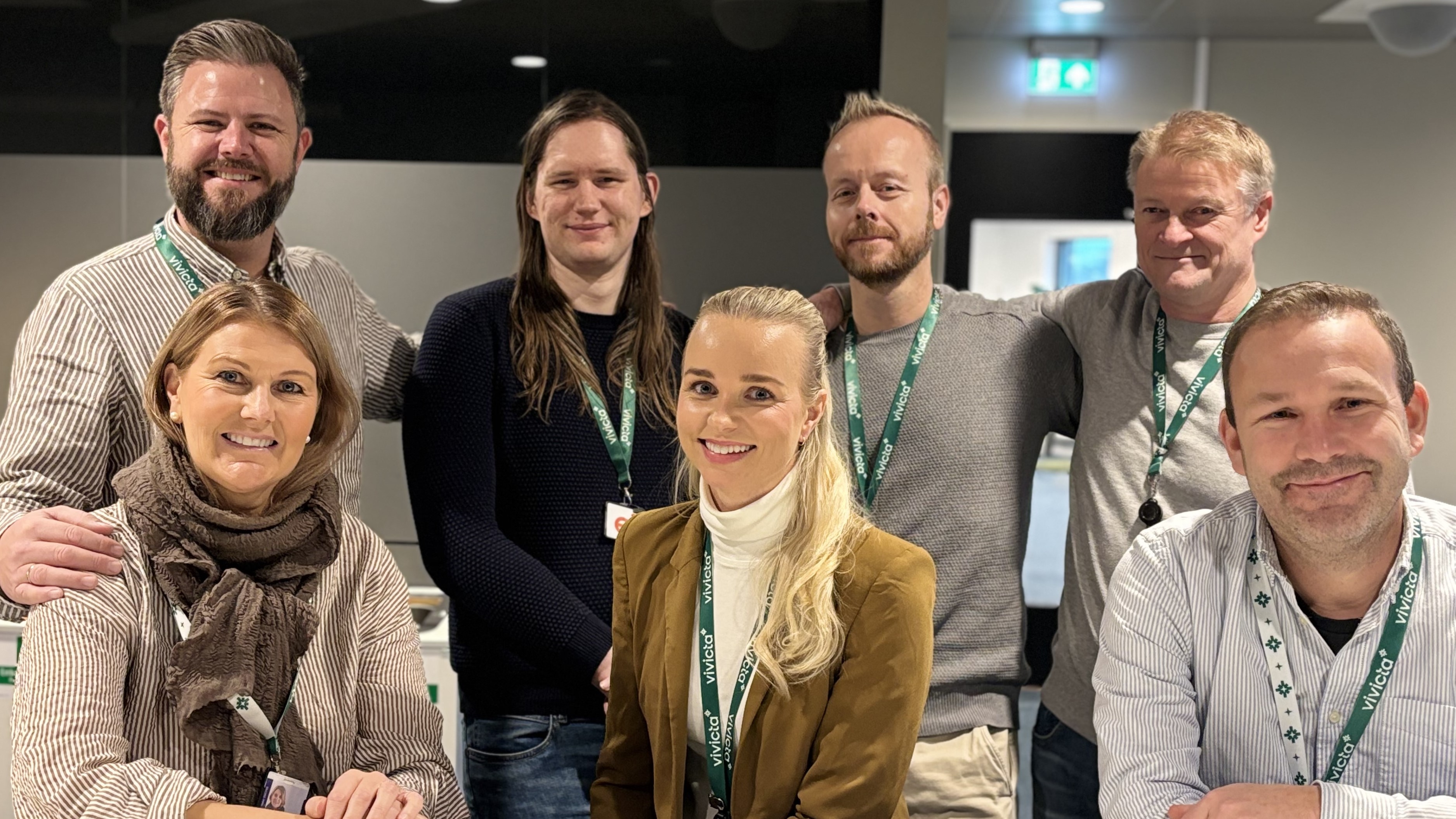This is to be done by using alternative mineral resources, according to an IFE article on its website.
16 partners from 9 countries are participating in this ambitious research and innovation project, financed to the tune of some NOK 60m by the EU's Horizon 2020 programme.
Piloting at Herøya
With the help of EU funding, the AlSiCal project is seeking to further develop the patented Aranda-Mastin (AM) technology.

Pilot Arena Herøya is collaborating with the partners in piloting and verifying sub-processes of the technology, which permits the joint production of the three important raw materials, alumina, silica and precipitated calcium carbonate.
The technology is climate-friendly and suitable for the scarce resource and climatic challenges involved in aluminium production. The technology makes use of alternative mineral resources as raw materials, e.g. the rock anorthosite, and production has no red sludge waste (red mud/bauxite tailings) and very low carbon dioxide emissions (CO2).
Benefits of piloting at Herøya
Aranda can think of many benefits of performing piloting at Herøya.
"We can start building directly. Specifically, we are currently discussing the equipment and reactors we need to upscale the first stage of the process. Lab trials are under way, which we shall be gradually expanding to higher pilot scales during 2020," she says.
"The pilot is a good match for us and Herøya, and the timing is great for both of us," Project Manager Aranda explains. "We also have positive experience from previous cooperation with the industrial and research environments here. We have performed test operations together with Nordic Mining, Gassnova and Bilfinger, and enjoyed technical cooperation with Sintef TelTek. It was my personal wish to develop this project in cooperation with Herøya," she says.
Well prepared
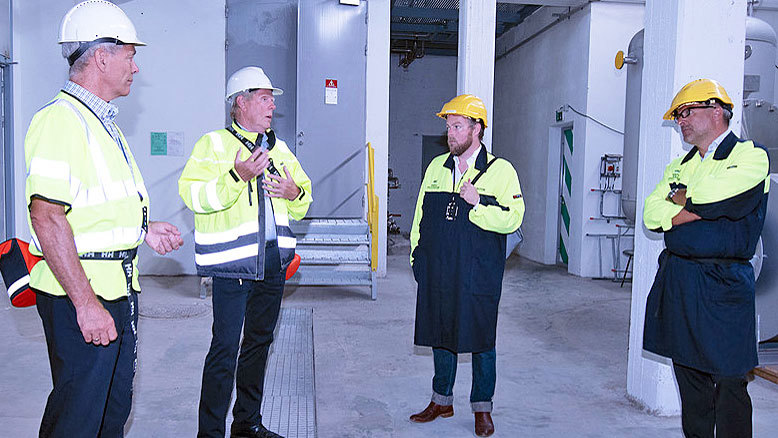
"We have long been involved in developing a new technology platform able to produce CO2-free production of light metals at Herøya, and have also been in dialogue with the Minister for Trade regarding assistance in financing a pilot plant here. Even though the use of anorthosite is new in this process, much of the processing equipment is the same. We have ample skills, networks and a good processing platform, so we can make an effective contribution to the piloting of the Aranda-Mastin technology. For us, it is a wonderful opportunity to play the part of pilot arena here," Larsen says.
Strong upscaling candidate
Aranda thinks that Herøya will be a strong candidate when it comes to up-scaling the whole process.
"If we manage to get the sub-processes to work technically, financially and environmentally, I think that, in the long run, Herøya will be an obvious top candidate for covering the whole process. We can both see the potential for up-scaling here. It is a really good match and a win-win situation with the potential for learning more for both parties in the AlSiCal project," she concludes.
14. November 2019

